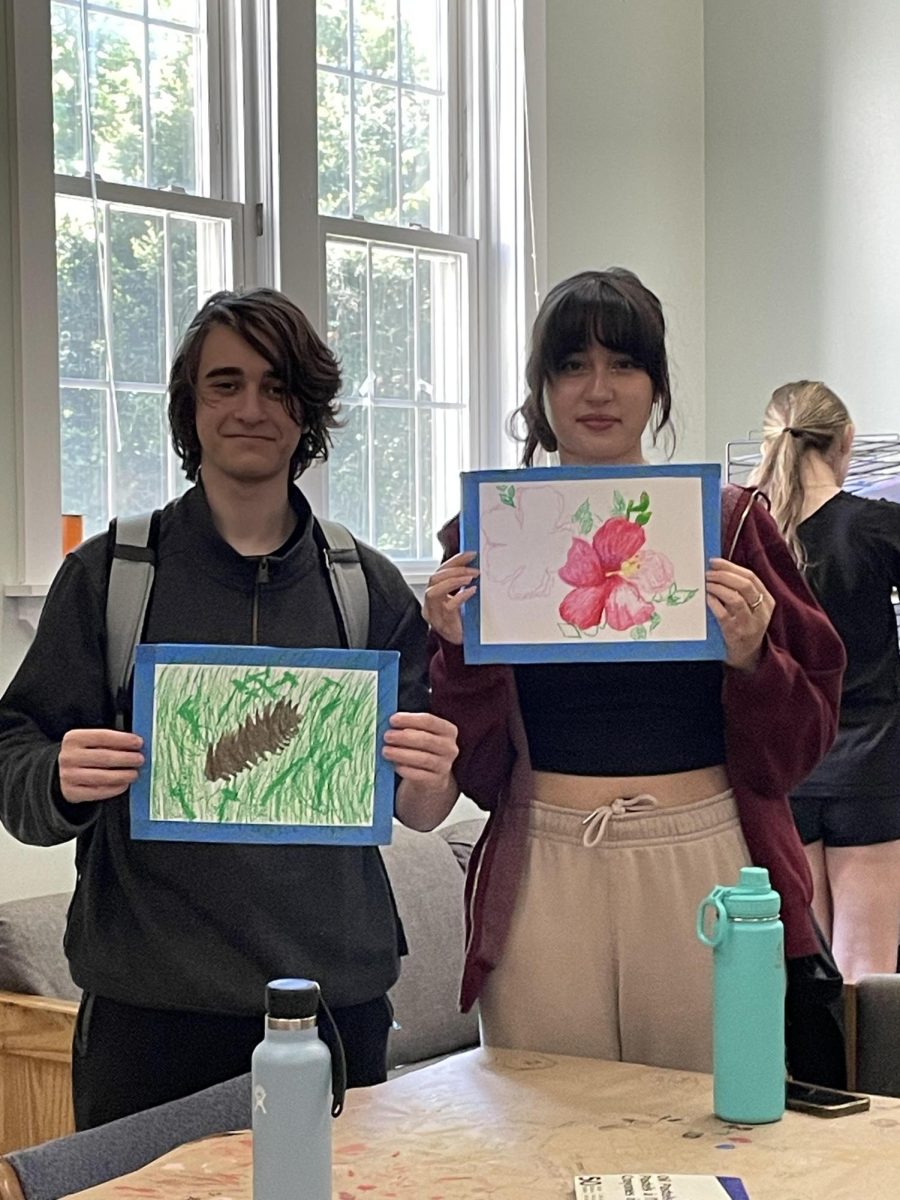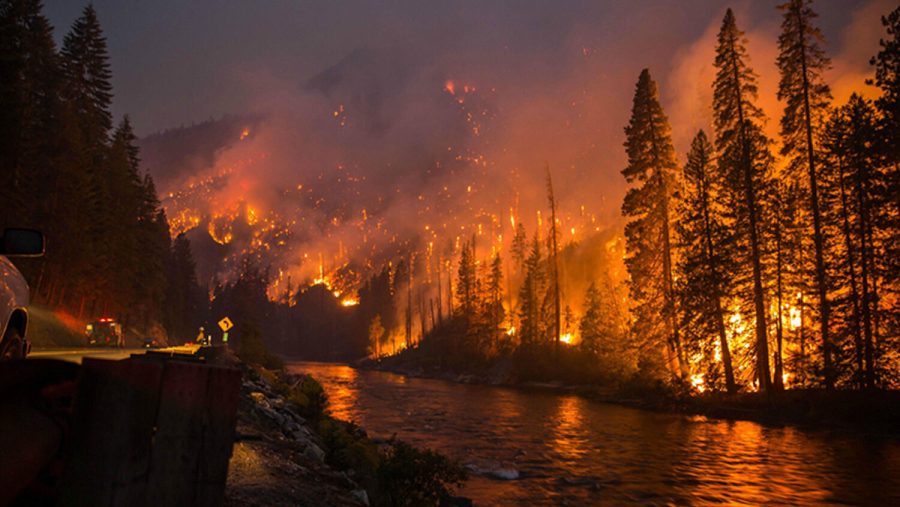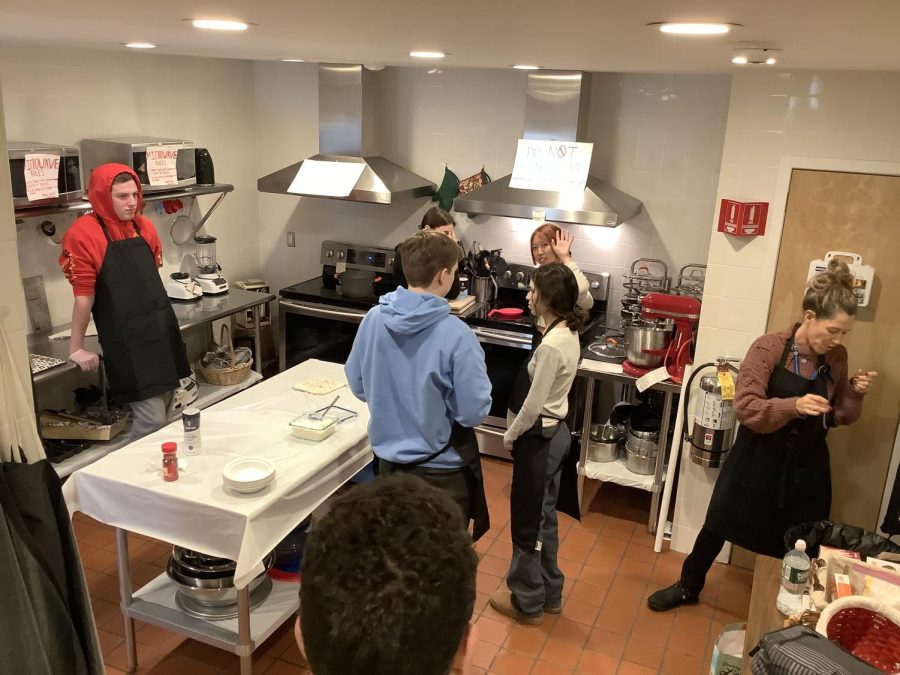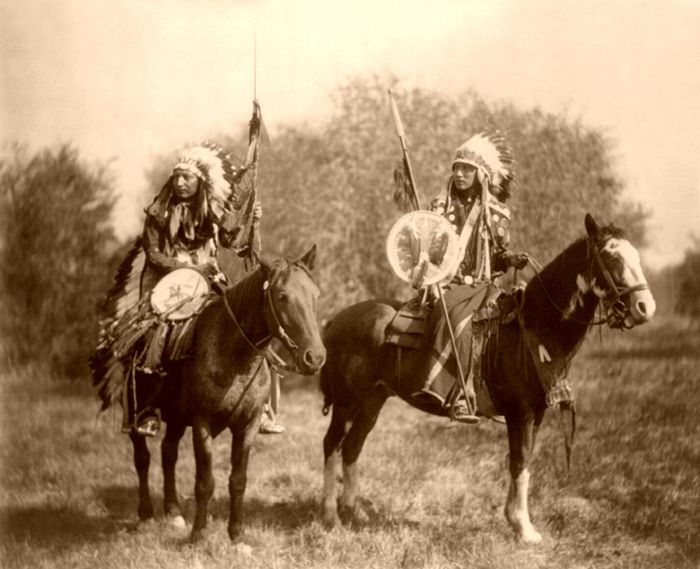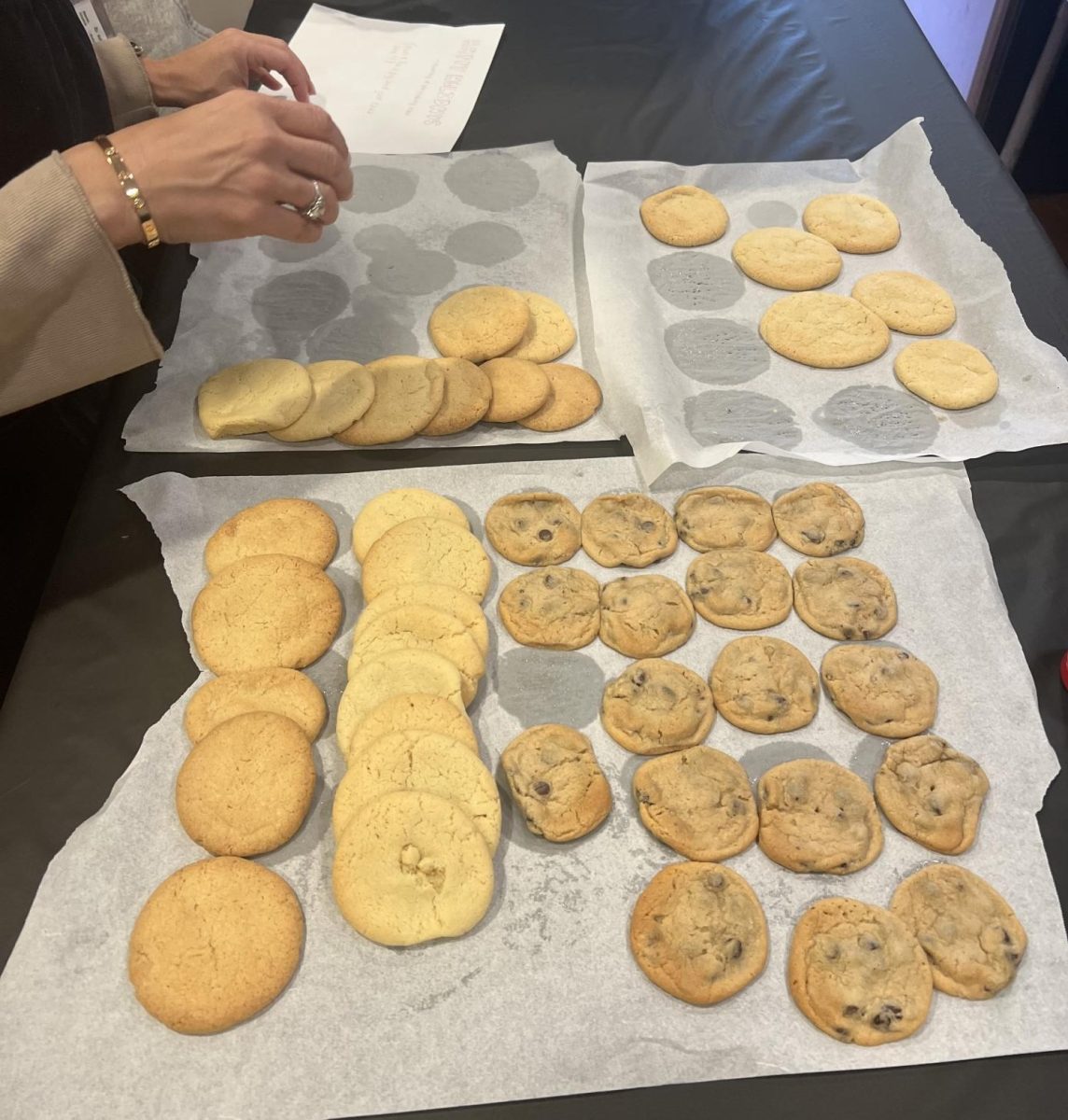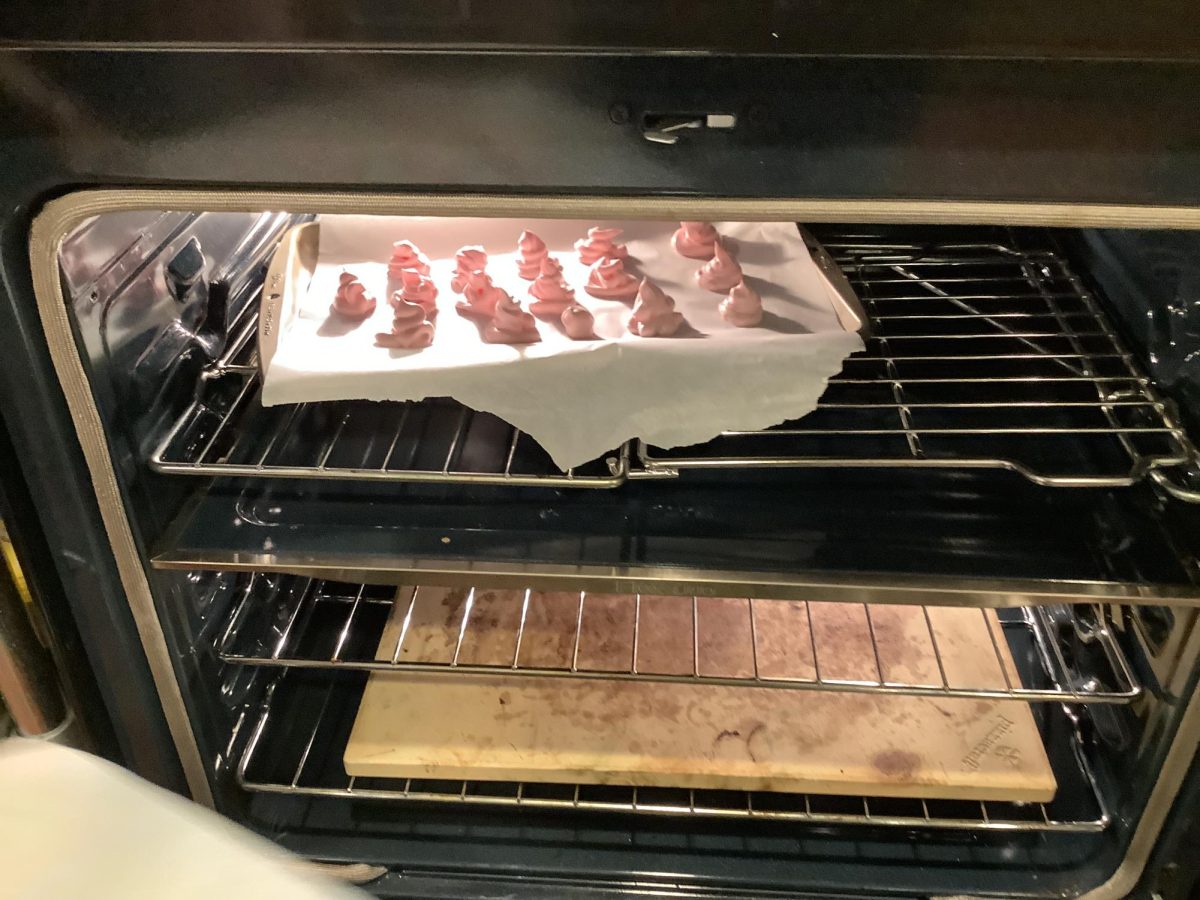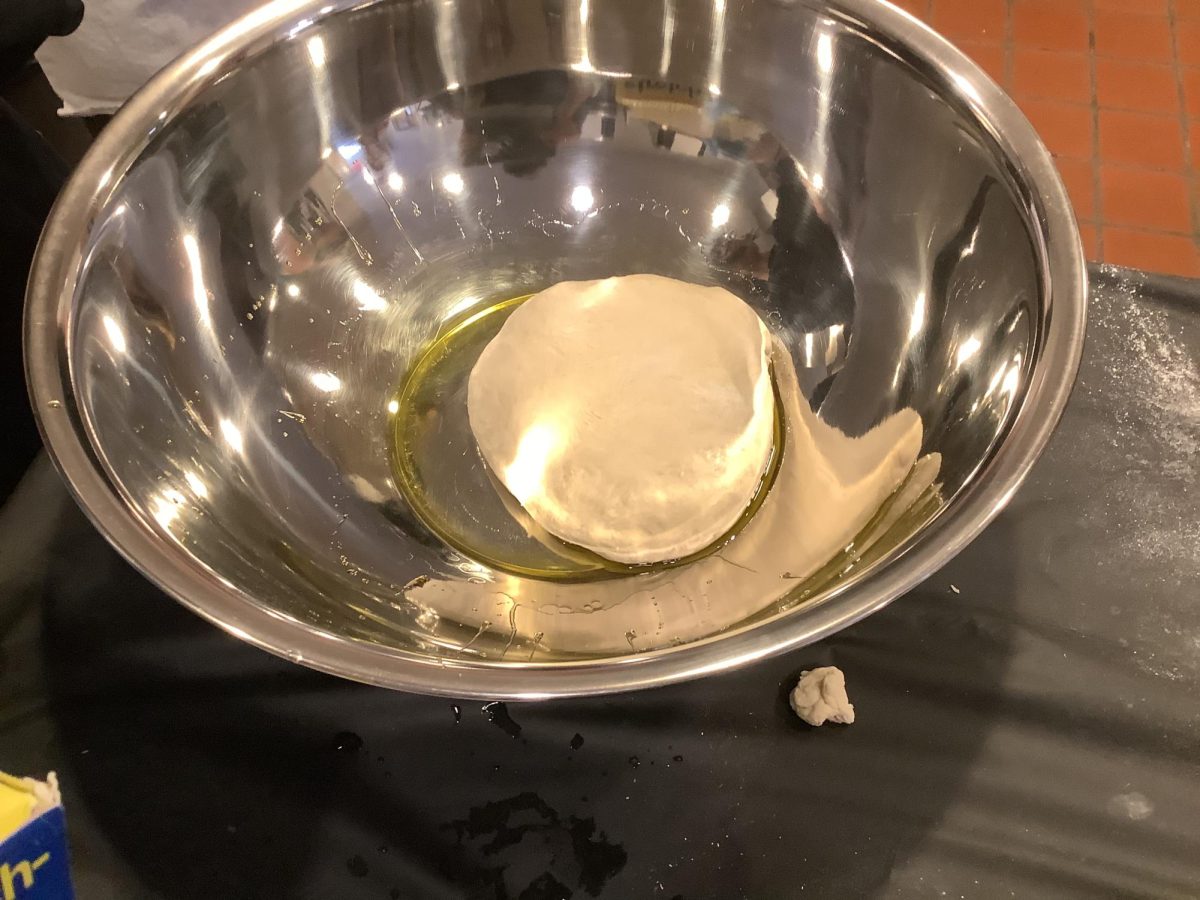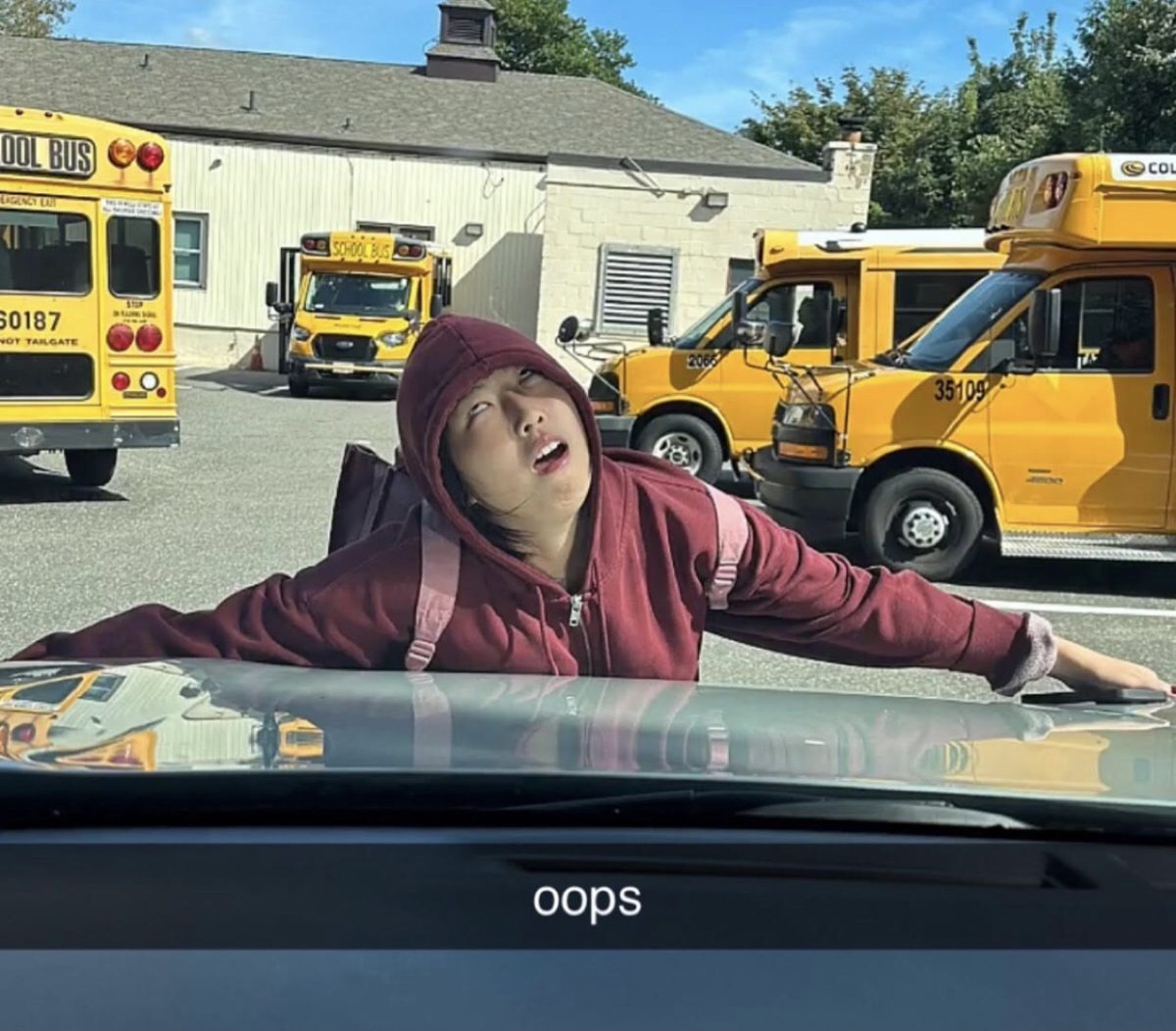At Village School, we have a lot of different and interesting electives. One in particular is Megan’s sixth period class, “Lab and Garden.” Lab and Garden serves as the required lab period for students in Common Core Biology and also offers science elective credit for students not in the CC Bio. Though this class has gained reputation for being one of the loudest classes in the school (!), the class has does some excellent work. Gardening is caring for plants is an interest of mine– plants can’t run away and you don’t need to take them to the vet annually. It’s a win-win situation – the plant stays happy and healthy, while it’s caregiver only has to water it once or twice a day!

A student enrolled in the class, Lucas, gave me some insight as to what the class is all about, “We go outside for half the period and tend to the crops and then the class comes back in to work [on corresponding labs]” says Lucas. Another student, Brian, says that the class is currently growing cucumbers, watermelon, broccoli, and corn. It’s great to give students a very good opportunity to be able to grow fruits and vegetables in the school’s backyard so they can learn about different types of foods and maybe become inspired to grow some of their own.

I went in to see the class in action this past week. Students were learning about bear adaptations, and how environments can affect how organism live. For example, Megan taught about peppered verses non-peppered moths. Another example she discussed was green versus brown grasshoppers and how a green grasshopper is better for a spring environment.
Megan seamlessly wove traditional Bio topics with information that is relvant to gardening. She continued to explain that there many types of adaptations, such as camouflage and mimicry. For example, a tiger benefits from camouflage as the tiger can capture prey much easier. Megan also showed videos to reinforce concepts. One video showed an adaptation that zebras have, which is herding. The zebras run together in a herd so that it is much harder for a predator to catch them. I also learned something new as well– countershading.

Countershading is when an organism has protective coloration in parts where there are shadows or light. The areas exposed to light are lighter than the areas exposed to shadow.
The following day, I visited again as the class heading out to garden. On this particular day, they were cleaning the pergola.After a long winter, there was a lot of work to do! Fio and Bella were cleaning the dirt out from the corners and Natanel did some tasks requiring heavy lifting such as moving the the peat moss. Bella and Natanel worked together to move a heavy board and clear out more areas for gardening tools and supplies.
After speaking to members of the Lab/Garden class, I wanted to find out if the different foods harvested from this class is used by our Cooking class. This semester, the Cooking class has been experimenting with recipes using all vegetarian ingredients, and according to students, they have thus far used herbs and mushrooms from the Gardening class, and as spring continues, they plan to use more.
It’s great to see two classes working together to create awesome things!

